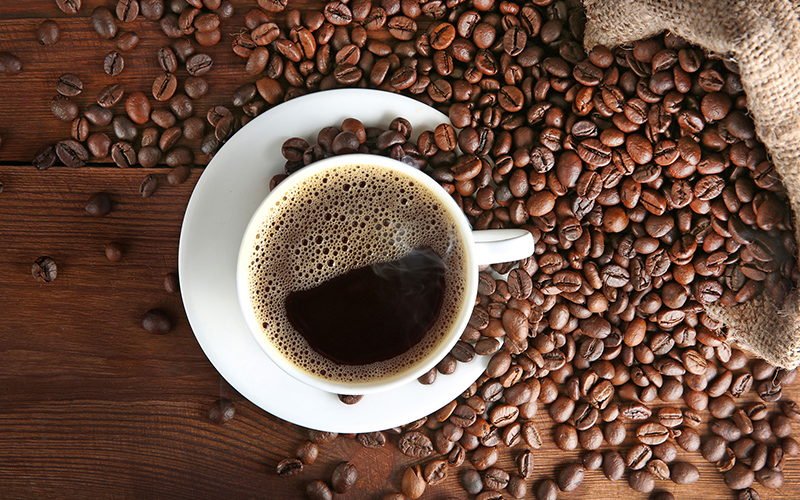In celebration of International Coffee Day on October 1st, Jocasta Rochester explains the magic behind creating a fool-proof cup of pour over coffee. Making pour over coffee at home can feel intimidating to those used to using automatic drip coffeemakers. But with The Independent citing a 35% increase in British coffee consumption over the last … Continue reading "How to create a fool-proof cup of pour over coffee"

In celebration of International Coffee Day on October 1st, Jocasta Rochester explains the magic behind creating a fool-proof cup of pour over coffee.
Making pour over coffee at home can feel intimidating to those used to using automatic drip coffeemakers. But with The Independent citing a 35% increase in British coffee consumption over the last ten years, perhaps it’s time to try the pour over method for your next cup. All that’s needed for a great cup is coffee beans, water, and a precise pour over technique. This applies regardless of whether the coffee will be consumed directly or used in a recipe.
Coffee beans: the primary building block of any good cup
This is perhaps the most adjustable part of brewing coffee. From the origin of the coffee beans to the texture of the ground beans to the quantity used, this is where most folks will make changes to affect the final taste of their coffee. Although sold as whole beans and ground, whole beans preserve the condition and freshness of the beans as much as possible before brewing. Buying whole beans also allows consumers to grind the coffee beans themselves for a custom brewing experience.
The golden ratio
The ratio of water to coffee is what really makes a cup sing. Too much or too little water affects the taste. While developing a coffee to water ratio for brewing is to some extent, a matter of preference, two tablespoons of coffee to six ounces of water is a good starting point. Measuring both water and coffee by weight will deliver the most consistent results from cup to cup. This is because not every person scoops or pours a given ingredient in the exact same way. The water should be just shy of boiling. The best way to achieve this is to bring water to a boil and then let it sit for a minute so the temperature comes down just a little.
The technique
No doubt about it; the pour over method offers the most control. A fast pour that runs through the coffee dripper quickly will lead to a cup with a lighter, milder flavour than a slow pour. A slow pour allows the coffee beans to be immersed in the hot water for a longer length of time and delivers more developed, robust tasting cup. While some coffee drinkers may pour in the water, filling the dripper, letting it drain, and then filling it again, a more constant pour produces a better cup of coffee. By slowly pouring until the grounds are saturated and then maintaining that rate of flow so that the volume in the dripper is constant throughout, the quality of the cup is consistent throughout.
A good cup of coffee is more than just coffee beans and water. It’s also method-driven. And the pour over method consistently delivers the best tasting cup of coffee.
